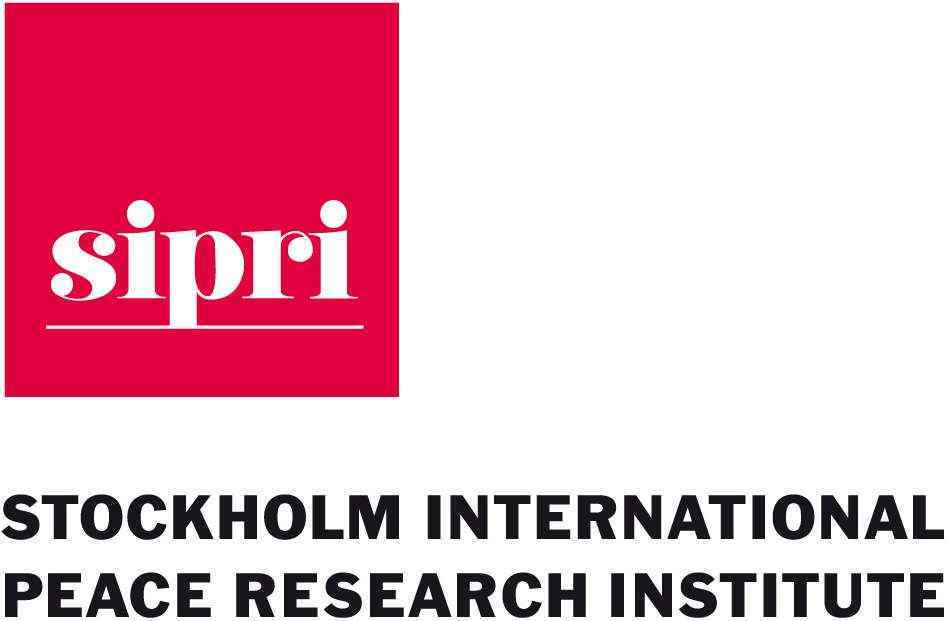
SIPRI Report on Arms
India remained the world’s largest arms importer for the five-year period between 2018 and 2022 even though its arms imports dropped by 11% between 2013-2017 and 2018-2022, according to the Swedish think tank Stockholm International Peace Research Institute (SIPRI).
SIPRI’ s report on Arms Imports and Exports: Trends and Key Players
India’s position as the world’s largest importer of major arms remained unchanged from 2018 to 2022, according to the Stockholm International Peace Research Institute (SIPRI). Here are some key trends and players in India’s arms trade during this period:
Russia: Despite a decline in its share of India’s arms imports from 64% to 45%, Russia remained the largest supplier of arms to India from 2013 to 2022. However, its position is under pressure due to increased competition from other suppliers, Indian arms production, and the impact of the war in Ukraine.
France: France emerged as the second largest supplier of arms to India, with its share of India’s imports increasing from 3% to 29% between 2013 and 2022. France’s exports to India included 62 combat aircraft and four submarines.
Israel: Israel was among the top three exporters of arms to India from 2018 to 2022, along with Russia and France.
South Korea: India was the second largest export market for South Korea’s arms during this period.
Saudi Arabia: India was the largest importer of major arms, followed by Saudi Arabia.
Myanmar: India was the third largest arms supplier to Myanmar, accounting for 14% of its imports, after Russia and China.
Factors driving India’s demand for arms imports: India’s tensions with Pakistan and China are the key drivers of its demand for arms imports, according to SIPRI.
Factors behind the decrease in India’s arms imports: The decrease in India’s arms imports between 2013 to 2017 and 2018 to 2022 can be attributed to several factors, including India’s slow and complex arms procurement process, efforts to diversify its arms suppliers, and attempts to replace imports with domestically-produced arms.
Just under two thirds of Russian exports went to three states from 2018 to 2022 — India (31%), China (23%) and Egypt (9.3%). India was also the largest recipient of Russian arms from 2013 to 2017, but exports decreased by 37% between the two periods.
About SIPRI
- Stockholm International Peace Research Institute (SIPRI) is an independent international think-tank institute dedicated to research into conflict, armaments, arms control and disarmament.
- It was established in 1966 at Stockholm (Sweden).
- It provides data, analysis and recommendations, based on open sources, to policymakers, researchers, media and the interested public.
Space Debris
Since, United Nations agreed on a treaty to conserve and sustainably use the high seas beyond national boundaries, scientists are calling for a legally-binding agreement to protect the Earth’s orbit from space debris.
What are Space Debris?
- There is no universally acknowledged legal definition of the term “space debris.” It’s a term that refers to a collection of undesired objects in Earth’s orbit, whether man-made or natural.
- Natural Debris is made up of natural bodies that orbit the sun, such as meteors and asteroids.
- Artificial Debris is made up of man-made (generally non-functional) objects that orbit the Earth. (As a result, it is usually referred to as Orbital Debris.)
- Dead satellites, spent rocket motors, nuts and bolts, and other space debris are described in the Report of the Second United Nations Conference on Exploration and Peaceful Uses of Outer Space, published in 1982.
Effective Strategies to Address the Challenge of Space Debris
- Space debris has become a growing concern for space agencies and governments worldwide. Here are some strategies to tackle the problem:
Space Treaty with Extended Producer Responsibility:
- A legally binding agreement is necessary to protect the Earth’s orbit from space debris.
- The treaty should ensure that producers and users take responsibility for their satellites and debris and enforce collective international legislation with fines and other incentives to make countries and companies accountable for their actions.
Incentivization:
- Countries using the Earth’s orbit should commit to global cooperation, and companies should be incentivized to clean up orbits and include de-orbiting functions in satellites.
- This can be achieved by offering tax breaks, grants, and other benefits to companies that demonstrate a proactive approach towards managing space debris.
Reusable Launch Vehicles:
- Using reusable launch vehicles instead of single-use rockets can help reduce the number of new debris generated from launches.
- Reusable launch vehicles can significantly reduce the cost and frequency of launches, thereby reducing the amount of space debris generated.
Active Debris Removal:
- Active debris removal (ADR) refers to the use of specialized spacecraft to capture, retrieve, and dispose of space debris. The ADR technique can help remove large and dangerous debris from the Earth’s orbit.
Improved Satellite Design:
- Improved satellite design can also help reduce the generation of space debris.
- Satellites should be designed with de-orbiting functions, which can help remove satellites from orbit at the end of their operational life.
- Satellites should also be designed with robust shielding to protect against collisions with debris.


